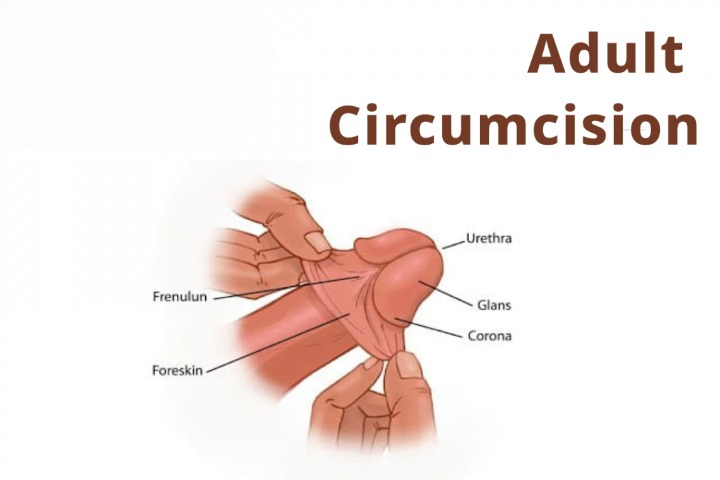Circumcision is a surgical procedure that involves the removal of the foreskin from the penis. While it is commonly performed on newborns, it can also be done later in life for various medical or personal reasons. The costs associated with circumcision can vary widely depending on several factors, including the age of the patient, the type of facility performing the procedure, geographical location, and whether or not insurance covers the procedure. Below are some key considerations regarding the costs of circumcision.
1. Types of Circumcision
- Newborn Circumcision: This is typically performed in a hospital shortly after birth. The costs for newborn circumcision can range from $150 to $300 if done in a hospital setting. Some hospitals may bundle this cost with other maternity charges.
- Pediatric Circumcision: For children older than a few months, circumcision may be performed in a surgical center or outpatient facility. The cost can range from $200 to $1,500 depending on the facility and the specific circumstances.
- Adult Circumcision: This is often more complex than neonatal procedures and may require general anesthesia. Costs for adult circumcision can range from $1,000 to $3,000, including pre-operative consultations, the procedure itself, and post-operative follow-up.
2. Facility Fees
The type of facility where the procedure is performed greatly impacts costs. Hospitals typically charge more than outpatient clinics or private practices. Hospital stays, operating room time, and anesthesia fees can all contribute significantly to the overall expense.
3. Anesthesia Costs
The use of anesthesia can add to the overall costs of circumcision. Newborns may receive local anesthesia, while older children and adults may require sedation or general anesthesia. Anesthesia fees can vary based on the type used and the duration of the procedure, typically ranging from $200 to $1,000.
4. Consultation and Follow-Up Visits
Initial consultations with a pediatrician or urologist may involve additional costs, usually between $100 and $300. Follow-up appointments to monitor healing or address any complications can also add to the total expenses.
5. Insurance Coverage
Insurance coverage for circumcision varies widely. Many health insurance plans do not cover circumcision for newborns, considering it an elective procedure. However, coverage may be provided if the procedure is deemed medically necessary later in life. It’s crucial to check with your insurance provider for specific details regarding coverage and any potential out-of-pocket expenses.
6. Geographical Variation
Costs can also vary significantly based on geographical location. In urban areas, prices may be higher due to increased demand and operational costs. Conversely, rural areas may offer more affordable options.
7. Additional Costs
- Pre-operative Tests: Some facilities may require pre-operative blood tests or other evaluations, which can add to the total costs.
- Complications: If any complications arise during or after the procedure, additional medical treatment may be necessary, leading to increased costs.
Conclusion
The costs associated with circumcision procedures can vary greatly depending on various factors, including the age of the patient, type of facility, anesthesia requirements, and insurance coverage. It is important for individuals and families considering circumcision to research and understand all potential costs involved, including consultation and follow-up care. Consulting with a healthcare provider can help clarify the options available and provide a more accurate estimate of total expenses.





Comments